Formally, Informal English Garden (edible)
wbonesteel
10 years ago
Featured Answer
Comments (15)
cactuscharlie
10 years agolast modified: 9 years agowbonesteel
10 years agolast modified: 9 years agoRelated Professionals
Ashland Landscape Architects & Landscape Designers · Wheeling Landscape Architects & Landscape Designers · Willowick Landscape Architects & Landscape Designers · Apollo Beach Landscape Contractors · Cudahy Landscape Contractors · Deerfield Beach Landscape Contractors · Golden Landscape Contractors · Los Banos Landscape Contractors · Merced Landscape Contractors · North Richland Hills Landscape Contractors · West Covina Landscape Contractors · Denton Swimming Pool Builders · Eastvale Swimming Pool Builders · Placerville Swimming Pool Builders · San Antonio Swimming Pool Builderswbonesteel
10 years agolast modified: 9 years agowbonesteel
10 years agolast modified: 9 years agowbonesteel
10 years agolast modified: 9 years agowbonesteel
10 years agolast modified: 9 years agomandolls
10 years agolast modified: 9 years agowbonesteel
10 years agolast modified: 9 years agowbonesteel
10 years agolast modified: 9 years agomandolls
10 years agolast modified: 9 years agowbonesteel
10 years agolast modified: 9 years agoYolanda
9 years agonancyjane_gardener
9 years agonancyjane_gardener
8 years ago
Related Stories
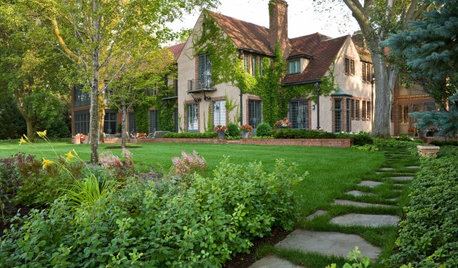
GARDENING GUIDESLay of the Landscape: English-Style Gardens
Stately and formal meet natural and romantic in English-inspired landscapes
Full Story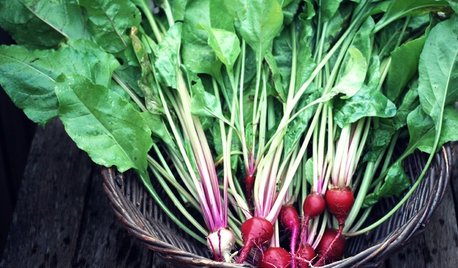
EDIBLE GARDENS8 Last-Minute Additions to a Summer Edible Garden
It’s not too late to get these vegetables and herbs planted for a bountiful harvest this year
Full Story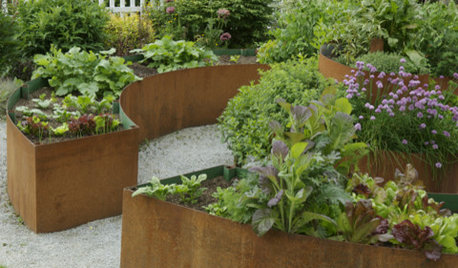
GARDENING AND LANDSCAPINGFeast Your Eyes on Edible Gardens
Gorgeous vegetables, solo or paired with ornamental flowers and grasses, make landscapes easy to swallow
Full Story
EDIBLE GARDENS12 Essential Herbs for Your Edible Garden
Make home cooking and drinks even better with herbs plucked from your own backyard or windowsill pot
Full Story
GARDENING GUIDES10 Easy Edibles for First-Time Gardeners
Focus on these beginner-friendly vegetables, herbs, beans and salad greens to start a home farm with little fuss
Full Story
GARDENING GUIDES11 Favorite Edibles for Your Cool-Season Garden
Plant crunchy carrots, crisp radishes, tender peas and other vegetables for fall and spring harvests
Full Story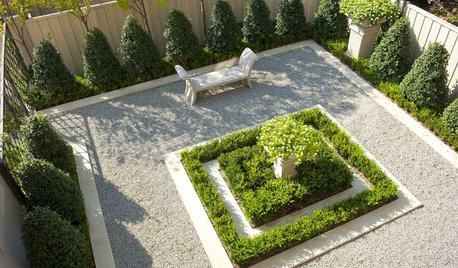
LANDSCAPE DESIGN17th-Century Ideas Add Formal Grandeur to the Garden
Landscapes of all sizes can learn a thing or two from the grand gardens of the past
Full Story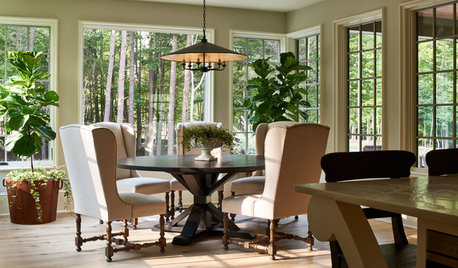
TRADITIONAL HOMESHouzz Tour: English Country Home in the American South
This Charlotte, North Carolina, showhouse offers ideas for a fresh, family-friendly take on traditional design
Full Story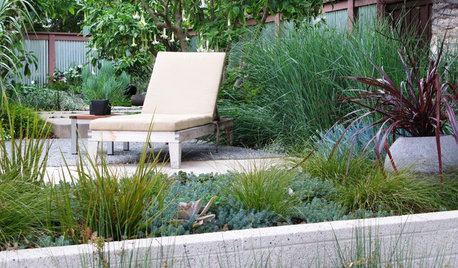
LANDSCAPE DESIGNGet More From Your Garden by Mixing Things Up
Consider an eclectic outdoor style with defined hardscapes softened by exuberant, informal plantings
Full Story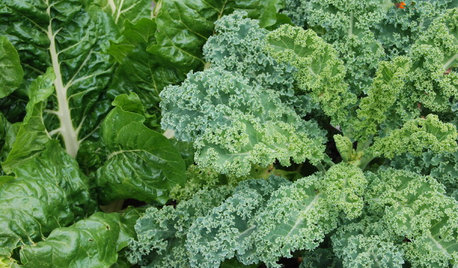
FALL GARDENINGFrost-Hardy Foliage That Loves a Cold-Climate Garden
When winter cuts a bleak swath through other plants, these edibles and perennials flourish brilliantly
Full Story





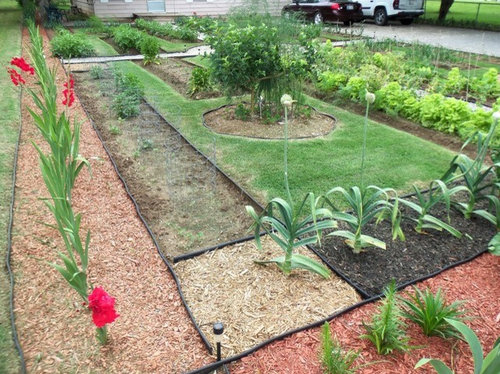
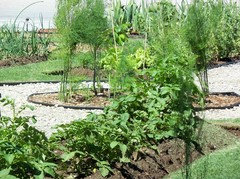

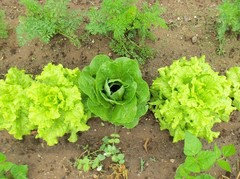

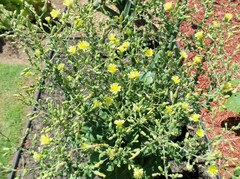

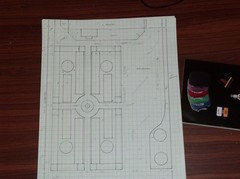
wbonesteelOriginal Author